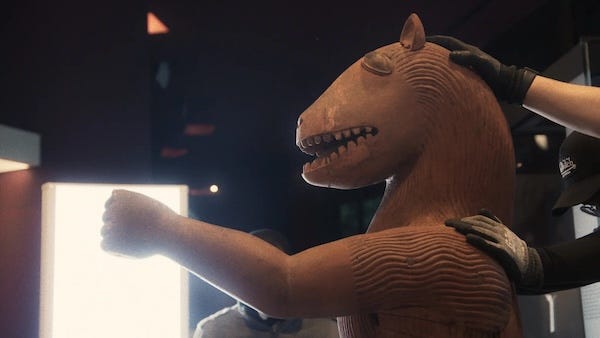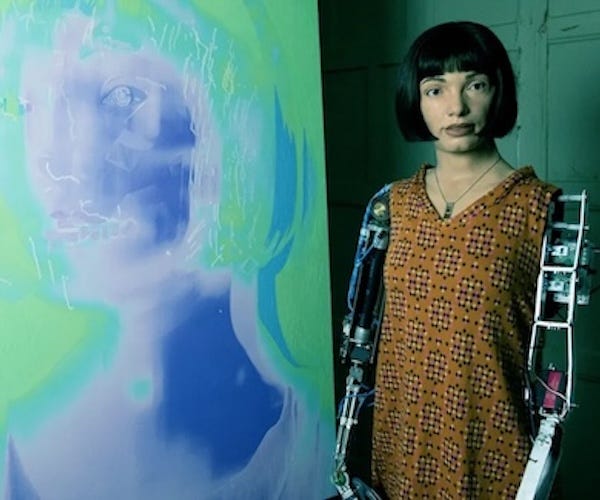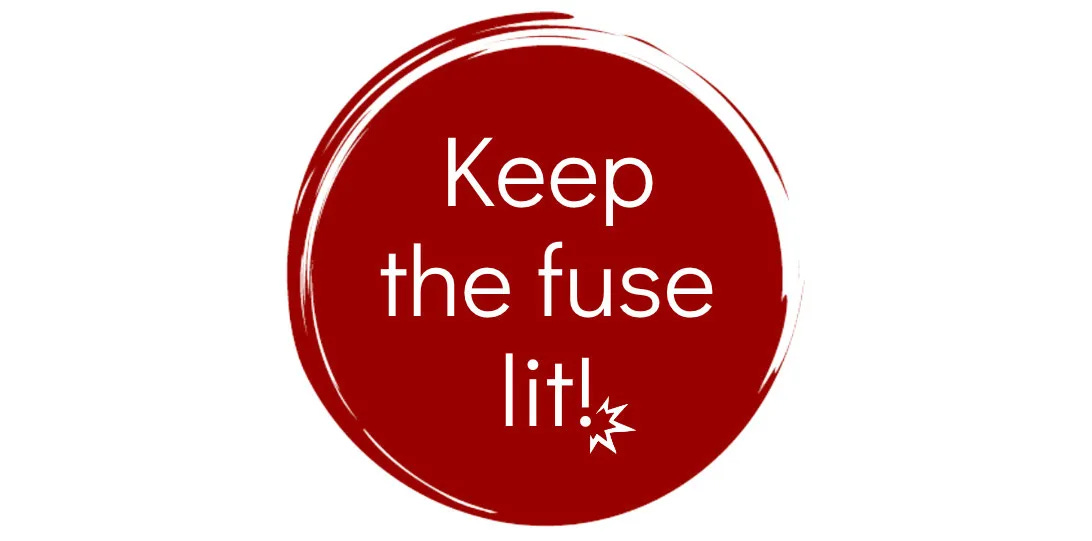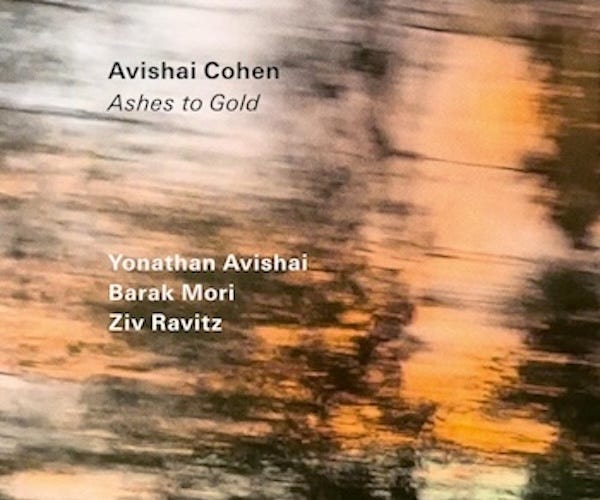The Arts Fuse Newsletter, October 30
Coming Attractions, Reviews of the doc "My Name is Alfred Hitchcock", a trio of standout films at the New York Film Festival, and albums from trumpeter Avishai Cohen and pianist Claire Huangci.
From The Editor's Desk:
Unlike the other major American critics who died this year, Helen Vendler and Fredric Jameson, Gary Indiana, who passed away on October 23 at the age of 74, was furiously unacademic. This is not to say he didn’t have a sophisticated sensibility, but Indiana (born Gary Hoisington in Derry, New Hampshire) was a precious example of an increasingly rare breed in American arts criticism, a line of dissenters that runs from Edgar Allan Poe and Ambrose Bierce to H. L. Mencken. Dependably waspish, archly contrarian, and hilariously sardonic, this breed of scrappy evaluators praises and pans with zest, often condemning with vituperative wit. Few have wielded the searing torch of acerbity — shedding light on the deserving and blinding the faux — with the feral erudition of Indiana.
As Christian Lorenzen puts it in his preface to fire season, a 2021 collection of Indiana’s essays, this is a critic who was “‘unique in his degree of loathing' of the corporate culture his cohort have fostered, of the political cowardice they have perpetuated, and of the degradations the American language has suffered on the way from the typewriter to Twitter.” Indiana attained his influential peak when he served, from 1985 to 1988, as the chief visual arts critic for the Village Voice. (His VV columns are collected in 2018’s Vile Days.) Indiana’s range was subjects was impressive. He took deep dives into Branson, MO as well as Thomas Bernhard and contributed to a variety of publications, including Artforum, London Review of Books, Los Angeles Review of Books, and Le Nouvel Obs. A playwright (to my knowledge, none of his scripts were performed in the Boston area) and actor, Indiana also penned savagely satiric “true-crime” fiction, the most amusingly relevant at the moment being 1997’s Resentment: A Comedy, a bile-filled send-up of the Menendez Brothers trial.
Indiana took an earnest swipe at defining the critic’s task in the preface to Utopia’s Debris, his 2008 essay collection. The goal was “to represent the struggle of individuals to wrest from their brief time of existence something of value.” For Indiana, that inevitably led to dividing those who had surrendered to the insanity of the times from those who had properly identified the era’s virulent pathology: “we can, sometimes, at least learn to live with the madness around us, recognize what is different about it than the madness of earlier times, and also recognize what hasn’t changed at all.” In no way would these aesthetic/moral verdicts impact reality, but these acts of critical illumination offered readers enormous amounts of pleasure. An Indiana aphorism worth remembering: “A high level of artistry is the only lastingly effective form of propaganda.”
—Bill Marx, Editor-in-Chief
Archive: From the Editor's Desk
Compiled by Arts Fuse Editor
Coming Attractions through November 12 — What Will Light Your Fire

Some of the magazine's expert critics -- Jon Garelick, Peter Walsh, Noah Schaffer, Tim Jackson, Matt Hanson, and me -- supply a guide to Boston-area film, visual art, theater, author readings, and music. More offerings will be added as they come in.
DocTalk: Mimicking the Master’s Voice in “My Name is Alfred Hitchcock”
By Peter Keough

To its credit, Mark Cousins’ documentary does provide some insights into Alfred Hitchcock’s motifs and obsessions, from doors to staircases to creepy, dank interiors crammed with gizmos, gewgaws, and cobwebs.
Jazz Album Review: Avishai Cohen’s “Ashes to Gold” — A Lyrical Response to Tragedy
By Michael Ullman
The music on Avishai Cohen’s album, written and recorded soon after Oct 7, expresses a persistent hopeful gentleness.
At the New York Film Festival — The Pillaged, the Endangered, and the Infinite
By David D’Arcy

A review of a trio of standout films at this year’s New York Film Festival: Mati Diop’s Dahomey, Marta Mateus’s Fogo do Vento, and Jem Cohen’s Little, Big, and Far.
Classical Album Reviews: Magnus Lindberg’s Viola Concerto and Claire Huangci’s “Made in U.S.A.”
By Jonathan Blumhofer

There’s plenty in Magnus Lindberg’s viola concerto to occupy the ear, and pianist Claire Huangci makes the complex passagework of a trio of American composers speak with breathtaking ease.
Arts Remembrance: Phil Lesh of the Grateful Dead
By Scott McLennan
Thanks in large part to the late Phil Lesh’s influence, the performances of the Grateful Dead developed a signature blend of composition and improvisation.
Arts Advocacy: Sign Our Petition! An Open Letter to Generative AI Leaders
By Steve Provizer

It is time for some fierce pushback from the artistic community and lovers of the arts to Generative AI Leaders
Help Keep The Arts Fuse Lit!
Precious few independent online arts publications make it to double digits. Please give us the resources the magazine needs to persevere at an essential cultural task.
Keep the Fuse lit and support our 70+ writers by making a donation.
The Arts Fuse also needs underwriting for the magazine to continue to grow.
And…tell your friends about the in-depth arts coverage you can’t get anywhere else.
Questions, comments, concerns?
Editor-in-Chief
Bill Marx
wmarx103@gmail.com











